Here, Robert Covolo shares how Van Gogh’s paintings of workers reveal a profound spiritual insight: the holiness of ordinary labor. Unlike traditional religious art that separated the sacred from the secular, Van Gogh portrayed everyday tasks—harvesting, binding sheaves—as acts filled with dignity and sacred value. This vision echoes Martin Luther’s Reformation teaching that all vocations, even the humblest, can glorify God when done with faithfulness.
“Vincent van Gogh’s paintings of workers—such as The Harvester and Peasant Woman Binding Sheaves—stand as poignant testaments to the dignity and sanctity of everyday labor. ”
I have reason to love the artwork of Vincent van Gogh. During my doctoral studies in the Netherlands, I had the privilege of encountering his art up close—often standing for long stretches before his canvases in the Rijksmuseum and the Kröller-Müller Museum. Those visits left an indelible impression on me. Van Gogh’s work radiates both artistic brilliance and spiritual depth. And I’ve long been drawn to the theological themes in pieces like Starry Night, where “the heavens declare the glory of God.” Yet in recent years, I’ve found myself captivated by a different side of his genius—his paintings of workers.
Vincent van Gogh’s paintings of workers—such as The Harvester and Peasant Woman Binding Sheaves—stand as poignant testaments to the dignity and sanctity of everyday labor. Unlike the religious art of earlier centuries which centered on overtly spiritual subjects and biblical scenes, Van Gogh’s canvases take up ordinary people engaged in the rhythms of rural work. The bent backs of harvesters and quiet persistence of peasant women are rendered with such reverence that the paintings themselves become meditations on the holiness of daily toil. In this, Van Gogh displays a radical departure from the explicit religious iconography of pre-modern art.
To appreciate the significance of this shift, consider the centuries of Western art prior to Van Gogh. In medieval and Renaissance Europe, religious themes reigned supreme. Artists depicted biblical narratives, saints, martyrs, and the dramatic moments of Christ’s life. These works aimed to instruct and inspire viewers toward spiritual contemplation. The sacred was set apart. A life of devotion was one elevated above the mundane and therefore reserved for the clergy and monastics. Daily work, though essential, was not portrayed as a site of holiness. The space between the sacred and secular was clear: one worshipped in the sanctuary, one worked in the world.
But Van Gogh’s paintings of workers collapsed this division. His brush does not distinguish between the field and the chapel, peasants preparing and Peter preaching. For Van Gogh, the act of harvesting wheat or binding sheaves is endowed with the same intensity and compassion as any religious ritual. In this regard, Van Gogh echoes a profound theological shift that began during the Reformation. And Van Gogh, true to his Dutch Reformed heritage, picked up these themes.
“They remind us that every item on our to-do list—washing dishes, answering emails, meeting with clients, event planning, etc.—can be a serious call to worship and glorify God. ”
The Reformer Martin Luther was an important catalyst for reimagining the relationship between work and worship. In a time when the church often reserved spiritual significance for priests and monastics, Luther insisted that all vocations could be a means of glorifying God. As Luther puts it, “a poor maid should have the joy in her heart of being able to say: Now I am cooking, making the bed, sweeping the house. […] Why, my service is equal to cooking for God in heaven!” For Luther, a peasant woman milking her cow can give just as much glory to God as a cleric leading a liturgy.
Robert Covolo is the Executive Director at the Center for Faith + Work Los Angeles.


